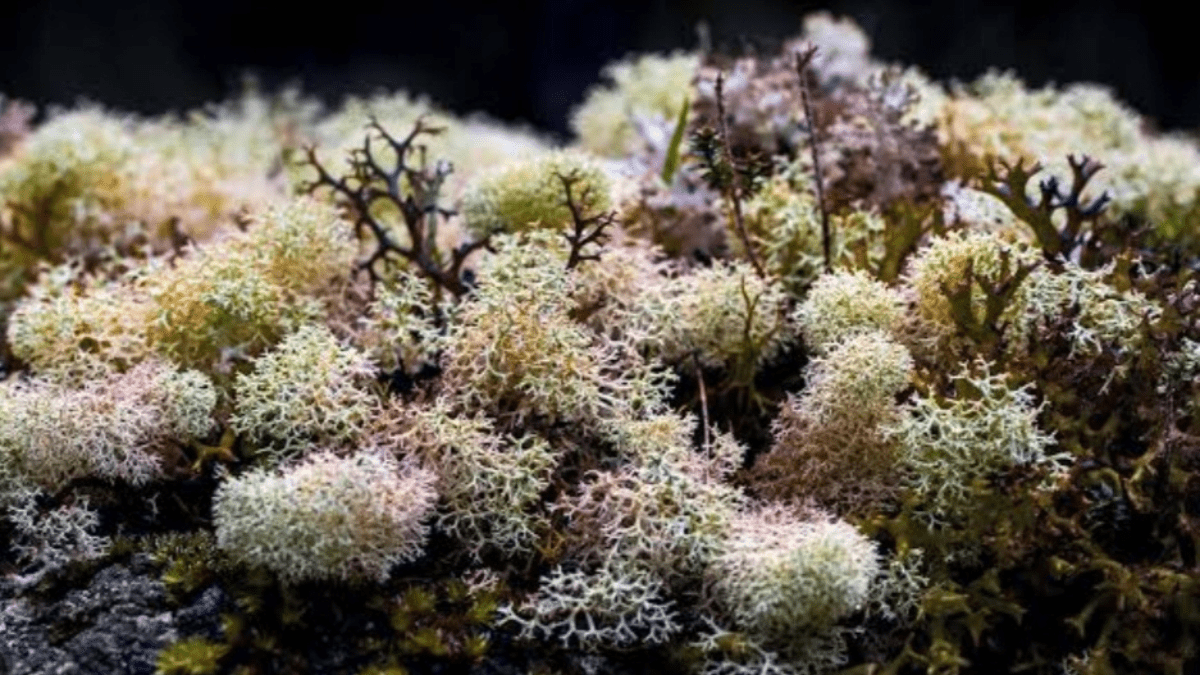Trees of the spruce, pine, fir, and other types predominate in the cold regions that traverse North America, northern Europe, and Russia, forming a wide circumpolar belt that encircles the planet.
These are the planet’s northernmost forests, or boreal forests, and they comprise the largest terrestrial ecosystem.
Fungi are tucked away in the photosynthetic, or light-eating, tissue of the boreal trees, as well as in the abundant lichens and fluffy mosses that cover the ground in between them. Being endophytes, these fungi commonly coexist with plants in a mutually beneficial relationship.
Being a plant means existing in the realm of fungi. Although the exact functions of endophytic fungus are still unknown, it is known that they play a critical role in keeping plants healthy by guarding against disease and enhancing their ability to withstand environmental stresses like heat. They have contributed to a significant shift in how we view plants.
The fact that the fungus were highly diverse and had developed extremely precise adaptations to their particular environment suggests that they will be vulnerable to climatic changes in the future. These findings have ramifications for the general health of future boreal forests since the health of fungus is intimately linked to the health of their hosts.
The world’s most diversified range of fungal endophytes, which are unique to their habitat, may be found in boreal forests, which are also essential to the carbon and water cycles on our planet.
Previous research has looked at the relationship between latitude, which is frequently used as a stand-in for climate, and biodiversity. According to this research, life generally grows more varied near the equator. For several groups of organisms, the biodiverseness of tropical rainforests surpasses that of the Arctic tundra.
Unlike plant communities, boreal fungal communities do not always adapt to changes in climate in the same predictable manner. Rather, the fungal species and the host have a significant influence on how these fungi are affected by climate.
Although endophytes are present everywhere on Earth, different settings support different types of them. We believe that plants overcome global environmental problems in part through their symbiotic relationships with endophytes, or their internal fungal partners. What is certain is that as those woods change, we are losing biodiversity, but we are yet unsure of the essential components.
